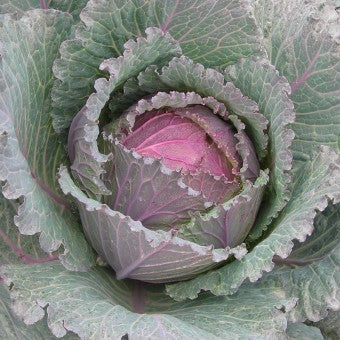Some types of crops take an awfully long time to mature. To harvest leeks in the summer, the seeds have to be started indoors way back in late winter — leeks just take that long to grow. With preparation and planning, home gardeners can grow excellent leeks for summer use.
There are some crops that take even longer to mature. Gardeners in relatively mild climates can take advantage of the long winter months with a kind of gardening called overwintering. This involves the same degree of planning for summer leeks. These crops are planted in the summer and fall and left in the ground for harvesting the following spring and summer. These plants tend to be quite hardy. If they don’t go completely dormant over the winter, their growth is at least very, very slow.
The advantages of growing overwintering crops are many. First, it makes use of garden space through the down time of the year. With careful planning, these crops can replace others that are harvested during the summer, so the garden is made useful all year long. A big perk of overwintering crops is that they grow during seasons when pest pressure is low or altogether absent. Depending on the crop, they may mature in very early spring to early summer, so they can be harvested at the time when summer-harvest crops are just seedlings. That means the harvest window is much longer.
Here are our recommendations for planning overwintered food crops.

Broad beans – Sow in October and November for harvest the following April and May.

Broccoli, sprouting – Start the seeds indoors under bright lights before the end of June. Transplant in early August. Alternately, direct sow in early July (seedlings may face more pest pressure). Harvest the following March to June, depending on the variety. Red Spear is a classic purple sprouting broccoli that matures in March and April.

Cabbage – Some cabbages are hardy down to Zone 3, and many have improved flavour during cold weather. Deadon and Danish Ballhead have amazing winter staying power, but need to be started in July for transplanting mid to late August.

Cauliflower – Galleon is the classic overwintering heirloom. Sow indoors around mid-July under bright lights, and transplant mid-August. These will be perfect and ready to harvest in April and May

Garlic – One of our favourite crops! Sow seed garlic in September and October for harvesting in early July. Overwintering garlic produces the largest bulbs, and if they’re carefully dried and cured, they will last to the following March. Learn when to harvest garlic.

Onions – Walla Walla is the classic sweet onion of the Pacific Northwest. It is very easy to grow, but timing is essential. Start seeds in trays indoors in late June and early July. Be sure to transplant by the middle of August where they are to remain until harvest the following June. This is an incredibly rewarding crop. They don’t have a long storage life due to their high sugar content — but as caramelized onions, they cannot be surpassed.

Spinach – We think the trick to the absolute best spinach is to direct sow seeds in the third week in August. These will mature for light picking in the fall, and then the plants die back when the cold weather arrives. The following March, when it’s still cool at night, the spinach plants will re-emerge and provide the cleanest, pest-free, fresh spinach ever. Customers who have tried this are consistently amazed by how well it works.
Unlike planting for fall and winter harvesting, overwintering provides for harvests from early spring to summer.

